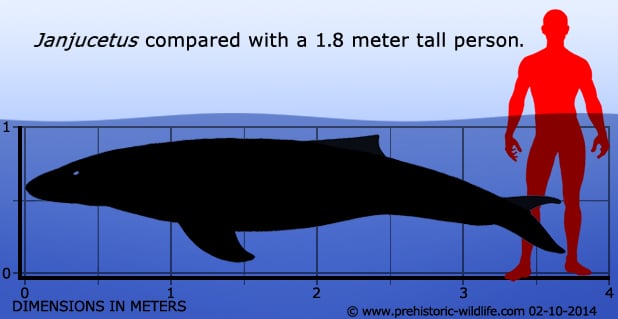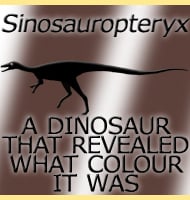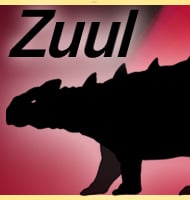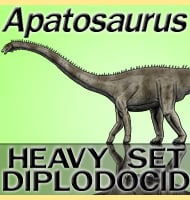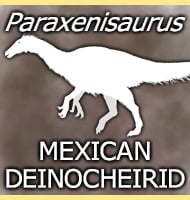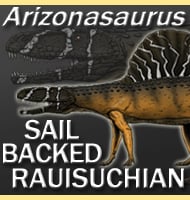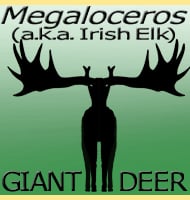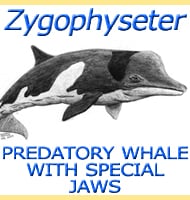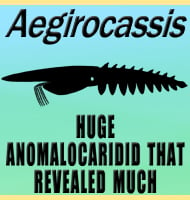In Depth
At first glance the large teeth of Janjucetus could lead you to think that it is one of the toothed whales but in fact closer analysis of the skull has revealed it to actually be one of the baleen whales. Since the earliest ancestor of the baleen whales predates Janjucetus by many millions of years this suggests that Janjucetus is actually a member of a side group of whales closely related to and with the same origin as the baleen whales we know today. The lack of similar whales today however means that whales like Janjucetus went extinct without leaving any modern day descendants and that this evolutionary side line was ultimately unsuccessful.
The skull of Janjucetus features proportionately large orbital fenestrae (the holes in the skull that hold the eyes) which strongly suggests that Janjucetus was a visually orientated predator. This is just as well for Janjucetus since there is no indication that it was able to echolocate like more advanced cetaceans. Janjucetus was certainly a predator although it is still uncertain if it were a generalist predator taking everything from fish to other marine mammals, or more specialised in its hunting. Janjucetus is thought to be related to Mammalodon.
Janjucetus is named after the town of Jan Juc which is situated upon the coast of the Australian state of Victoria. The type species name of J. hunderi is in honour of Staumn Hunder who discovered the holotype specimen in rocks while surfing.
Further Reading
– A bizarre new toothed mysticete (Cetacea) from Australia and the early evolution of baleen whales. – Proceedings of the Royal Society B 1-9. – Erich M. G. Fitzgerald – 2006.
